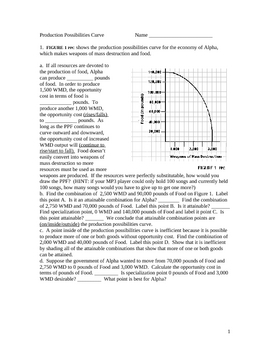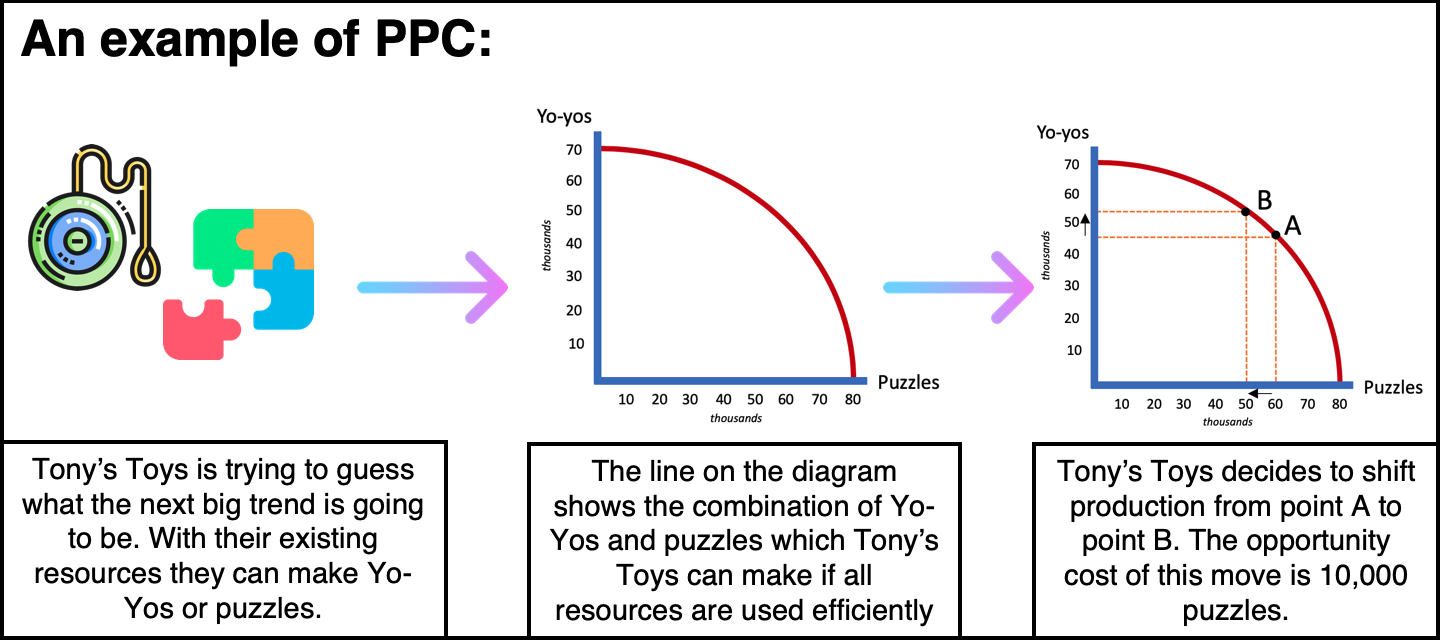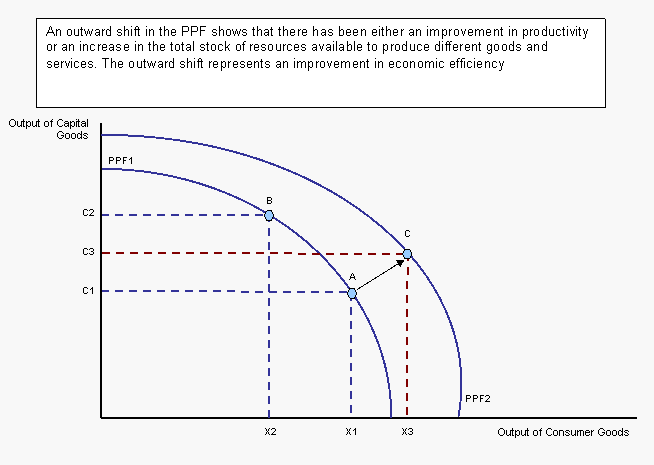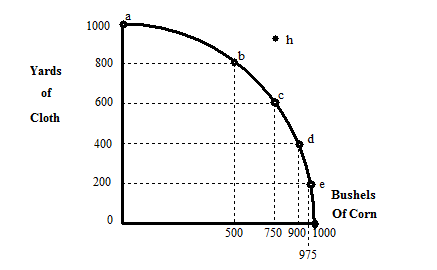

The slope equals −2 pairs of skis/snowboard (that is, it must give up two pairs of skis to free up the resources necessary to produce one additional snowboard). Expanding snowboard production to 51 snowboards per month from 50 snowboards per month requires a reduction in ski production to 98 pairs of skis per month from 100 pairs. In the section of the curve shown here, the slope can be calculated between points B and B′. The slope of the linear production possibilities curve in Figure 2.1 “A Production Possibilities Curve” is constant it is −2 pairs of skis/snowboard. (Many students are helped when told to read this result as “−2 pairs of skis per snowboard.”) We get the same value between points B and C, and between points A and C.įigure 2.2 The Slope of a Production Possibilities Curve Between points A and B, for example, the slope equals −2 pairs of skis/snowboard (equals −100 pairs of skis/50 snowboards). Because the production possibilities curve for Plant 1 is linear, we can compute the slope between any two points on the curve and get the same result. The slope of Plant 1’s production possibilities curve measures the rate at which Alpine Sports must give up ski production to produce additional snowboards. Producing more skis requires shifting resources out of snowboard production and thus producing fewer snowboards. Producing more snowboards requires shifting resources out of ski production and thus producing fewer skis. The negative slope of the production possibilities curve reflects the scarcity of the plant’s capital and labor. Here, we have placed the number of pairs of skis produced per month on the vertical axis and the number of snowboards produced per month on the horizontal axis. Neither skis nor snowboards is an independent or a dependent variable in the production possibilities model we can assign either one to the vertical or to the horizontal axis. The curve is a downward-sloping straight line, indicating we have assumed that there is a linear, negative relationship between the production of the two goods. These values are plotted in a production possibilities curve for Plant 1. Combination A involves devoting the plant entirely to ski production combination C means shifting all of the plant’s resources to snowboard production combination B involves the production of both goods. The table in Figure 2.1 “A Production Possibilities Curve” gives three combinations of skis and snowboards that Plant 1 can produce each month. It can produce skis and snowboards simultaneously as well. When devoted solely to snowboards, it produces 100 snowboards per month. Suppose the first plant, Plant 1, can produce 200 pairs of skis per month when it produces only skis. We assume that the factors of production and technology available to each of the plants operated by Alpine Sports are unchanged. Ryder’s three plants as a miniature economy and analyze them using the production possibilities model. While even smaller than the second plant, the third was primarily designed for snowboard production but could also produce skis.

Two years later she added a third plant in another town.

She also modified the first plant so that it could produce both snowboards and skis. The second plant, while smaller than the first, was designed to produce snowboards as well as skis.

She added a second plant in a nearby town. Ski sales grew, and she also saw demand for snowboards rising-particularly after snowboard competition events were included in the 2002 Winter Olympics in Salt Lake City. Christie Ryder began the business 15 years ago with a single ski production facility near Killington ski resort in central Vermont. To construct a production possibilities curve, we will begin with the case of a hypothetical firm, Alpine Sports, Inc., a specialized sports equipment manufacturer. Constructing a Production Possibilities Curve


 0 kommentar(er)
0 kommentar(er)
